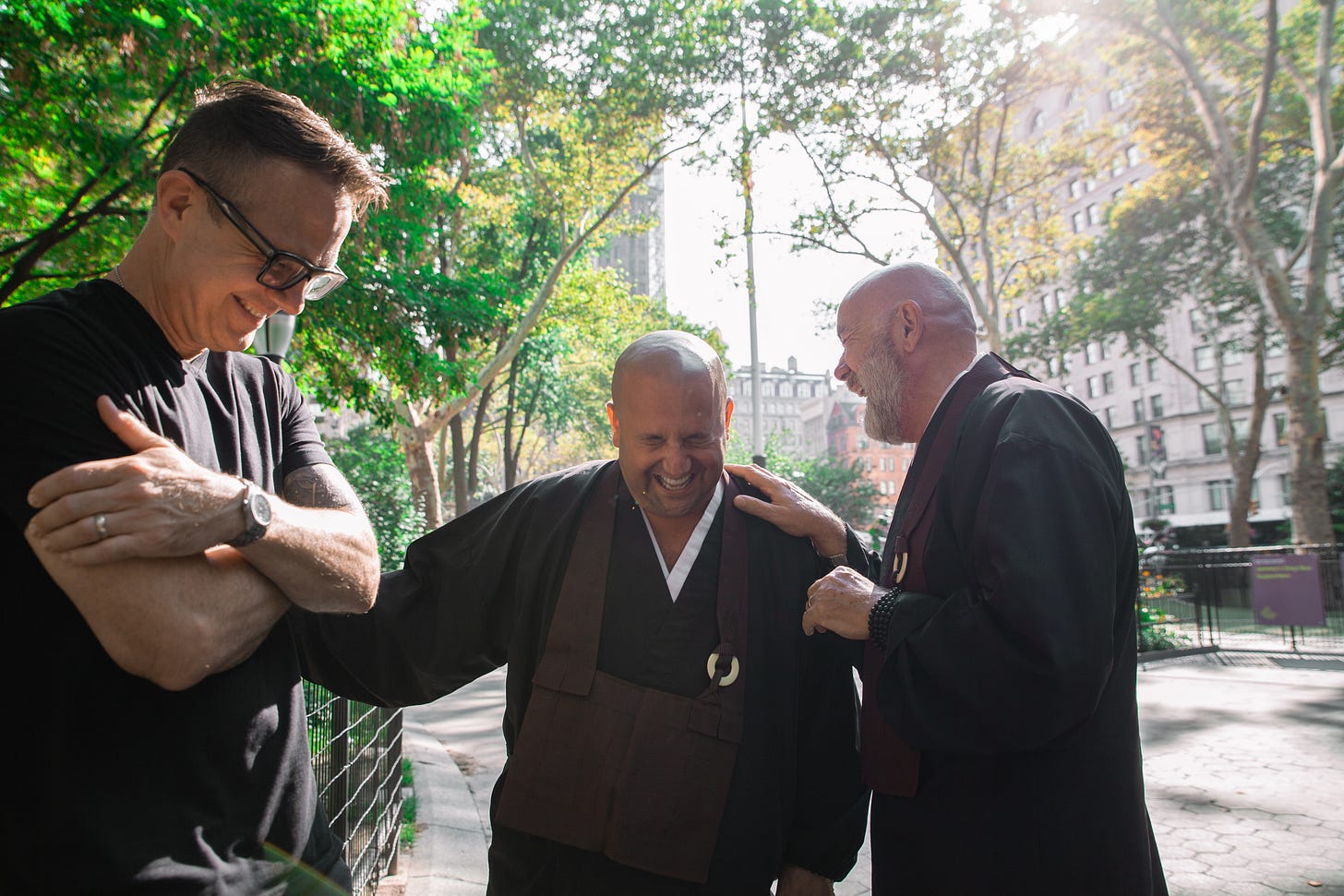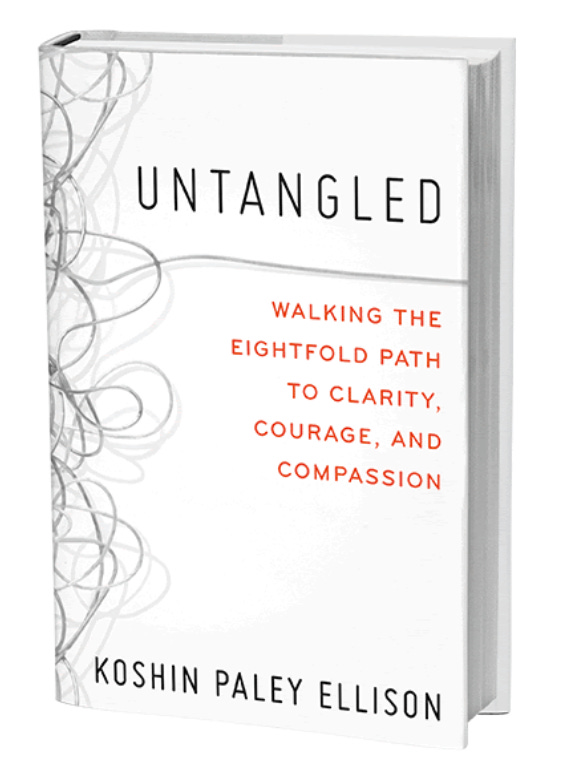Attention, Service, and Non Separation
These days it feels like our own personal, emotional habits of isolation have become part of the culture itself.
It’s gotten pretty bad.
A recent study surveyed incoming college freshmen about their greatest fear around entering college; the answer was interacting with other people—which is supposed to be one of the most basic human behaviors!
I’m sure a sociologist could give a specific reason as to why this is the case, but this is an occurrence I often see in my students and care partners.
People are afraid of looking at and being with each other. They’re afraid of—and paradoxically long for—honest, loving, and ordinary conversation.
There’s an incredible amount of awkwardness and odds are, in the coming generations, it’s going to get worse.
Isolation can be extraordinarily painful.
It is possible, however, to break free of this pattern and reverse our isolation by coming to know the emotional patterns that keep us trapped in our own heads.
We can learn how to be in relationships again by bringing connection and care into our lives in a very real way.
This is no easy task but with intentionality and practice it is a part of ourselves we can heal and strengthen.
I want to share with you today three practices I return to again and again for help.
Pay Attention.
Us Zen people put a lot of stock into paying attention.
Paying attention is actually particularly hard to do.
Be honest: How many times have you looked away from this email or thought about something else?
Probably a few times. And this is okay. I even got distracted a few times while writing this! The essential part of this practice, however, is returning to the task at hand when our mind wanders.
This strengthens our ability to focus.
The primary practice for building up the muscle of paying attention is meditation.
You can practice meditation seated in a chair or on a cushion with your eyes gazing downward naturally at forty five degrees. Find a position that is comfortable and encourages attention. Feel the weight of your body. Ground yourself right where you are. Bring your breath down, let it rise and fall through the softness of your belly. Allow your shoulders to open slightly and your spine to be easily upright. As you sit, breathe naturally. Come back to your breath when your mind begins to wonder. Remain grounded, soft, open, and upright in body and mind. Be here and nowhere else.
You can practice using this posture of mind to help you pay attention while just going about your day-to-day routine.
This is one of the ways we can start to reestablish connections with others, and it provides a solid ground from which to notice our feelings, thoughts, and behaviors.
After all, you’re not going to be able to enact meaningful change if you’re walking around unaware of what’s going on within and around you.
Service
“You can tell the depth of someone’s enlightenment by how they serve others.”
—Kobo Daishi
Your life isn’t (only) about you.
I don’t write this to say you absolutely must spend all your free time volunteering at a soup kitchen (although spending some time volunteering would be a nice thing to do). Rather, I point to the idea of service on an ordinary level.
Service can also be:
how you treat your neighbor,
how you interact with the barista at the coffee shop, or
the person next to you on the bus or train.
A question that I think is worth considering is: What would life be like if you were—even just a little—less interested in your own stories, problems, opinions, and so on and more interested in what’s going on with the people around you?
Nonseparation (or intimacy)
“The wholehearted practice of the Way that I’m talking about allows all things to exist in enlightenment and enables us to practice one seamless reality in the path of emancipation. When we go beyond the barrier and drop off all limitations, we are no longer concerned with conceptual distinctions.”
—Dogen
I know this sounds highfalutin, but you can also think of it this way: You’re never going to get out of interacting with other people. (And if you do, it’s most certainly a cause for concern.) So, you might as well learn how to do it.
We are inescapably connected or, as Dogen teaches, “one seamless reality.” We are also the ones who create the gaps between each other. Every moment is an invitation to close these gaps. Can we look up, notice all the beauty, love, pain, and possibility around us, and have the courage and compassion to join in? For me, truly realizing that we are all in this together, the only sensible, fully human, response is to live generously and to love deeply.
May we practice showing up in our lives in this wholehearted way together.
Koshin
Visit the New York Zen Center for Contemplative Care






I love the reminder about service! I like to start each day by sending out a little care to someone else, it can be small, like a good morning text or an email link to something that reminds me of them 🙏🏼 Carla
Hi Koshin,
It makes sense that the meeting new people the biggest concern for incoming first year college students. They spent a good portion locked inside and learning behind a screen.
Even so, about a thousand years ago, when I started college-making friends was my biggest concern. It takes so much trust of others and confidence in self to introduce your self to some one new.
I appreciate when you say,
“This is no easy task but with intentionality and practice it is a part of ourselves we can heal and strengthen.”
It’s not easy but connecting to others matter so much so it’s worth the effort.
I am happy to read your posts and be connected with you!